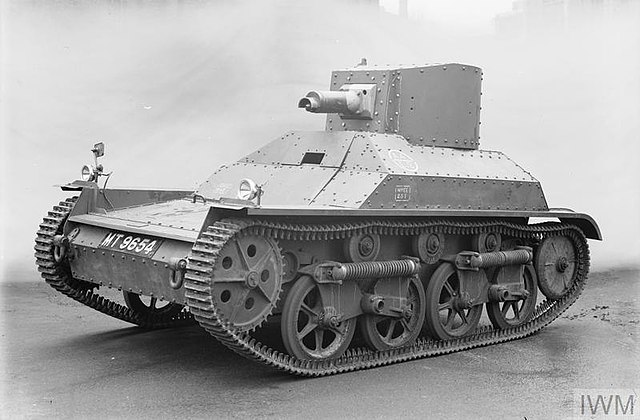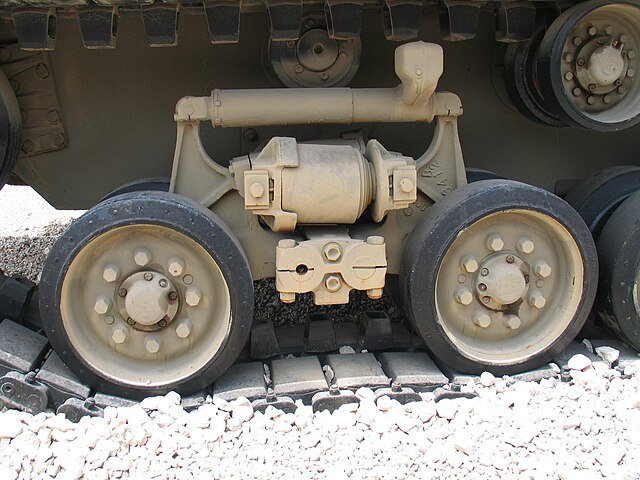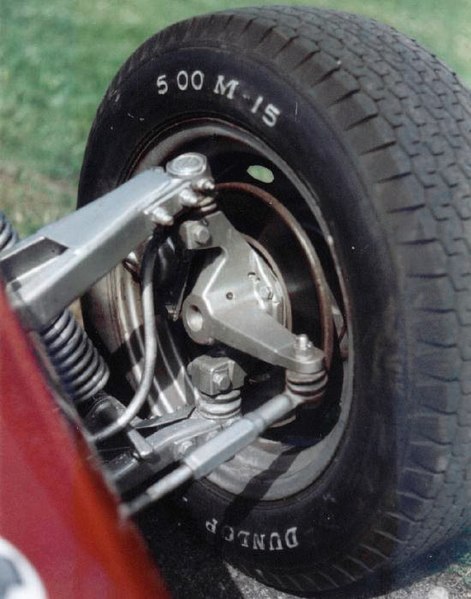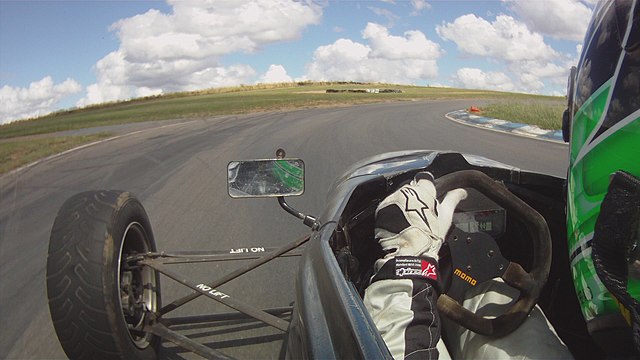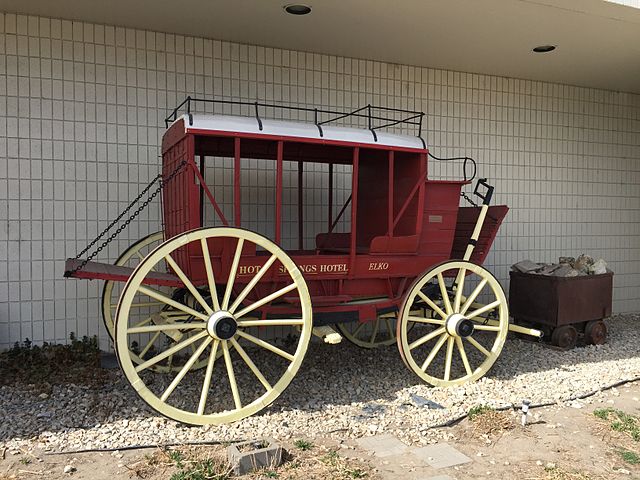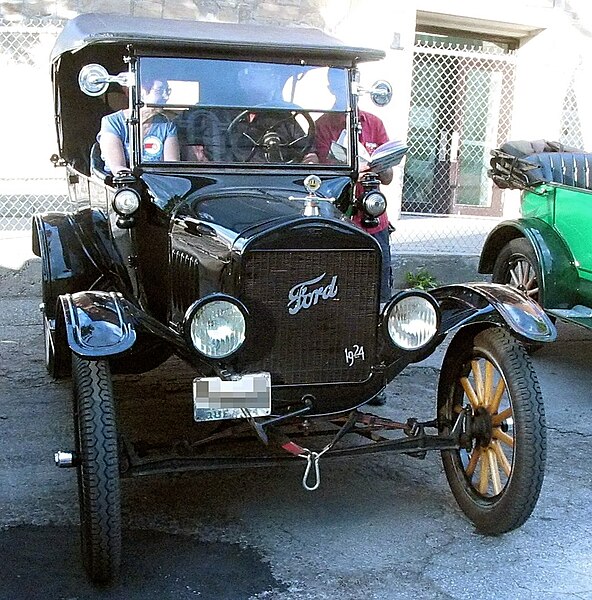Horstmann suspension, also known as Horstman, Vickers-Horstman and rarely Slow Motion, is a type of tracked suspension devised by British tank designer John Carden and worked into a production design by engineer Sidney Horstmann.
The Light Tank Mk Ia (A4E8 prototype) became the first tank in the world to use the Horstmann design. In this case the spring is outside the track area, leaving room for track return rollers to lie directly over the suspension in a particularly compact layout.
The Light Tank Mk III introduced a slightly modified version with only one bell crank per bogie, causing the spring to lie somewhat angled as a result. This system was used on the Universal Carrier.
The horizontal volute spring suspension used on late-model Sherman tanks is similar to the Horstmann design. The two wheels per bogie, two crank arms, springs between the cranks and single mounting point are all evident. This model also includes a shock absorber for further improvements in ride quality.
Suspension is the system of tires, tire air, springs, shock absorbers and linkages that connects a vehicle to its wheels and allows relative motion between the two. Suspension systems must support both road holding/handling and ride quality, which are at odds with each other. The tuning of suspensions involves finding the right compromise. It is important for the suspension to keep the road wheel in contact with the road surface as much as possible, because all the road or ground forces acting on the vehicle do so through the contact patches of the tires. The suspension also protects the vehicle itself and any cargo or luggage from damage and wear. The design of front and rear suspension of a car may be different.
Part of car front suspension and steering mechanism: tie rod, steering arm, king pin axis (using ball joints).
Van Diemen RF01 Racing Car Suspension.
American carriage showcasing thoroughbrace suspension—note the black straps running across the side of the undercarriage
The front suspension components of a Ford Model T.

